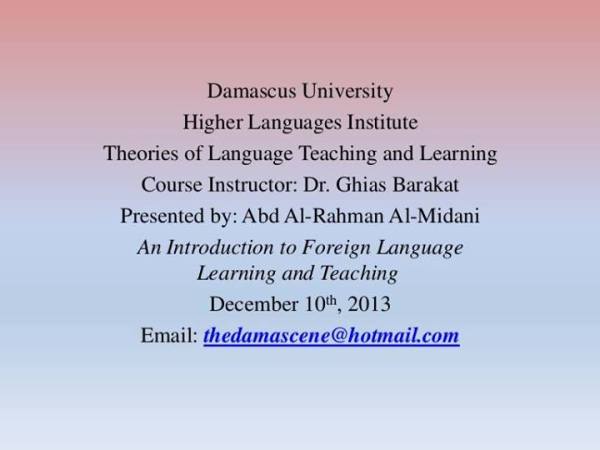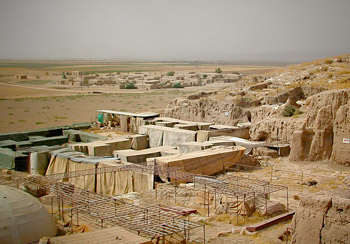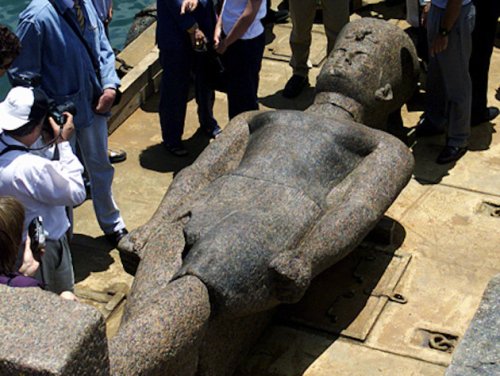Humanity began its journey of rapid advancement in the early 19th century with the invention of steam-powered trains which facilitated traveling and increased the need for interaction among cultures. People needed to find means to communicate with each other; therefore, they had to find ways to learn each other’s languages. The first language instruction approach that came into existence was the Grammar-Translation approach. However, it suffered from serious flaws that undermined it and gave birth to the Direct Method. Although these two approaches shared some similarities, the differences that set them apart were way more prominent.
As its name implies, the Grammar-Translation approach focused on teaching the grammar of the targeted language deductively. They would also use translation and back-translation. Moreover, the GT scholars focused on accurate, written expressions. On the other hand, the Direct Method theorized that learners learn a language inductively through immersing directly in its culture. Therefore, the DM proponents focused on speaking and listening as they were the means of interaction with the teachers and native people of the language.
The DM advocates proposed that learners learn a new language in a way like how a little child learns his/her mother tongue. Therefore, they frowned at teaching the rules deductively. The learners were expected to learn grammar and vocabulary inductively as they progress in their journey. On the other hand, the GT scholars taught grammar deductively. Learners were expected to study the rules and learn them by heart. In addition, they had to memorize expensive lists of vocabulary.
The teaching-learning materials represented another prominent difference between the Grammar-Translation approach and the Direct Method. The goal of teaching for the GT was to educate young, wealthy men morally and ethically. In their view, they considered the only worthy material of reading to be the ancient literature written in Latin and Greek. As a result, students were expected to delve into these books. On the contrary, the DM focuses on readily available materials that learners can experience around them such as dialogues, maps, realia, and newspapers. The aim was to teach the language that people use daily rather than what people used to write thousands of years ago.
Another significant difference between the GT and the DM is their conceptions of the roles in the classroom. Grammar Translation is teacher-centered. Teachers were supposed to explain the rules and translate vocabulary and statements using the mother language of the learners. They were the initiators and directors of the whole teaching-learning process. The learners had bulky homework to do, and lengthy vocabulary lists to memorize as well as to learn their grammar rules by heart. On the other hand, the Direct Method is student-centered. The learners in the DM were more involved in the process, and they were supposed to learn the language inductively without being fed by the teachers who solely speak the foreign language. Students work also in groups to practice dialogues, fill-in blanks, complete maps, and diagrams.
Error correction represents another difference that sets the Grammar-Translation approach apart from the Direct Method. Since the GT is teacher-centered, the teachers were responsible for error correction. They explicitly correct the mistakes and do not tolerate them. Alternatively, the students in the DM were in the center of the learning process. Accordingly, the teachers would highlight the wrong point and give the learner another chance to self-correct.
I have been teaching English for twelve years. My teaching practice is more aligned with the Direct Method. I still use some Grammar Translation techniques such as reading comprehension questions, word lists, and composition; however, I do not approach any archaic topics or extensive lists. Furthermore, I only teach modern topics and materials. I also use English in the classroom even when I teach the Foundation and Elementary levels. In addition, I encourage learners to do role-playing to practice dialogues that they write in groups or pairs. Moreover, I highly value and encourage self-correction and give learners many chances to correct their own expressions.
All in all, although the Grammar-Translation approach and the Direct Method have contributed to the development of modern-day English language instruction, they still differ in many aspects. The GT focused on the writing skill, whereas the DM emphasized speaking and listening. Teachers were the center of the GT approach, whereas the students’ role was more significant in the DM. Unlike the GT approach, error correction is no longer the responsibility of the teacher in the DM. The teachers would indicate the error, and learners had second chances to self-correct.












